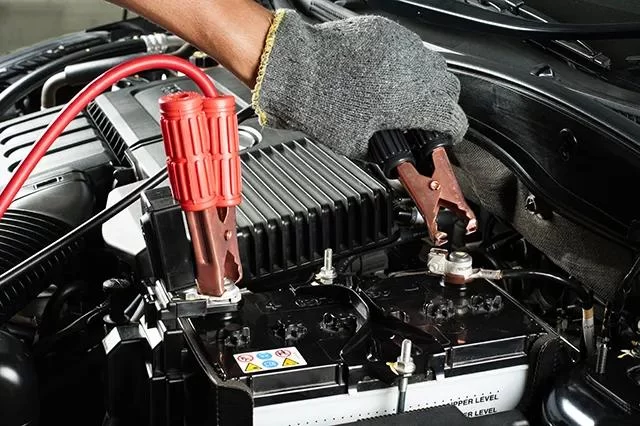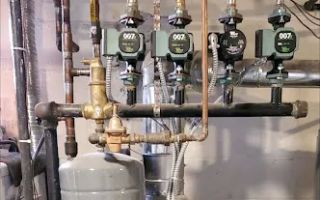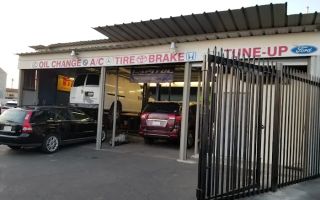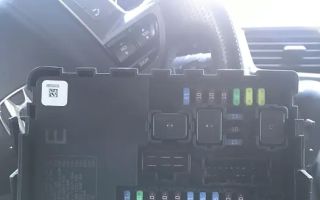When Do I Need a Battery Jumpstart? Understanding the Signs and Solutions
- 1. Signs Your Car Battery Might Need a Jumpstart
- 2. How to Safely Jumpstart Your Car
- 3. What to Do If Jumpstarting Doesn’t Work
- 4. When to Call for Towing Assistance
- 5. Expert Tips for Maintaining Your Car Battery
1. Signs Your Car Battery Might Need a Jumpstart
If your car isn’t starting or you notice dim headlights, it could be a sign that your battery is weak or dead. Some common signs that indicate you may need a battery jumpstart include:
- Clicking sound when turning the key: If you hear a clicking noise when you try to start the engine, it’s often a sign of a weak battery.
- Dim or flickering lights: If your car’s lights are dimmer than usual, it could be a sign that your battery isn’t providing enough power.
- Slow engine turnover: A sluggish engine start can indicate a battery that is losing its charge.
- Dashboard warning lights: Some vehicles have battery warning lights that will illuminate when the battery is low or the alternator isn’t working properly.
Noticing any of these signs should prompt you to consider jumpstarting your car. But before you reach for the jumper cables, it’s important to understand the right steps to take. Knowing when to act could save you time and money in the long run.
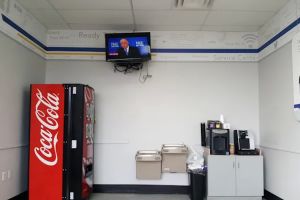
NTB-National Tire & Battery
6315 Prentiss School Dr, Canal Winchester, OH 43110, USA
2. How to Safely Jumpstart Your Car
If you’ve determined that your battery might need a jumpstart, you should know how to do it safely. Jumpstarting a car involves connecting the battery of a working vehicle to the battery of a dead vehicle. Follow these steps:
- Gather the right equipment: You'll need a set of jumper cables and a working vehicle with a fully charged battery.
- Position the cars: Park the vehicles close to each other, but make sure they don’t touch. Turn off both engines.
- Connect the cables: Attach the red (positive) cable to the positive terminal of the dead battery, then connect the other end to the positive terminal of the working battery. Next, attach the black (negative) cable to the negative terminal of the working battery and secure the other end to an unpainted metal surface on the car with the dead battery.
- Start the working vehicle: Start the engine of the working vehicle and let it run for a few minutes.
- Attempt to start the dead vehicle: Try starting the car with the dead battery. If it starts, let it run for a while to charge the battery.
It’s important to remember that jumpstarting your car is a temporary solution. If your car doesn’t start or the battery doesn’t hold a charge, you’ll need to address the underlying issue, which could be the battery or alternator.

Pep Boys
1200 W Washington Blvd, Los Angeles, CA 90007, USA
3. What to Do If Jumpstarting Doesn’t Work
Sometimes, jumpstarting a car doesn’t work, especially if the battery is severely damaged or completely dead. If the car still doesn’t start after a jumpstart attempt, here are some steps to consider:
- Check for other issues: Sometimes, issues like a blown fuse, malfunctioning alternator, or damaged starter motor can cause a car not to start. Inspecting these components may help you find the cause of the problem.
- Try jumpstarting again: If the battery was completely drained, it might need more time to recharge. Try a second attempt if you have access to another set of jumper cables or a jumpstart device.
- Call for roadside assistance: If you’ve exhausted all options, it’s time to call a professional towing or roadside assistance service to evaluate the problem and provide help.
4. When to Call for Towing Assistance
If you’ve tried jumpstarting and the car still won’t start, it may be time to consider other options. You should call a towing service or roadside assistance if:
- The battery is old or damaged: If your battery is older than 3-5 years or has physical damage (such as cracks or leaks), it might be time to replace it.
- The alternator is faulty: If the alternator isn’t functioning properly, the battery won’t recharge, and you won’t be able to start the vehicle.
- Persistent electrical issues: Ongoing electrical problems, such as flickering lights or electrical system malfunctions, may indicate a bigger issue that requires professional help.
Roadside assistance services can help diagnose the issue on-site or transport your vehicle to a nearby repair shop for further inspection.
5. Expert Tips for Maintaining Your Car Battery
Preventing battery issues before they happen can save you a lot of trouble. Here are some expert tips for maintaining your car battery:
- Inspect the battery regularly: Check your battery’s condition and clean the terminals to prevent corrosion.
- Drive regularly: If you don’t drive your car frequently, the battery may not charge properly. Make sure to start your car at least once a week.
- Test the battery: Have your battery tested annually to ensure it’s holding a charge. Many auto shops offer free battery tests.
- Avoid extreme temperatures: Extreme heat or cold can damage your battery. Park in shaded areas or garages to protect it from weather extremes.
By maintaining your car battery and being prepared for possible breakdowns, you can ensure that your vehicle starts reliably every time. However, if you find yourself stranded, knowing when and how to call for towing assistance will help get you back on the road as quickly as possible.

